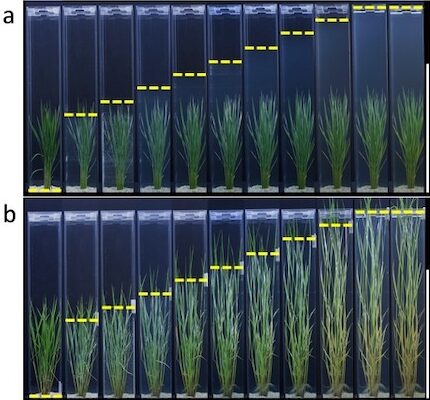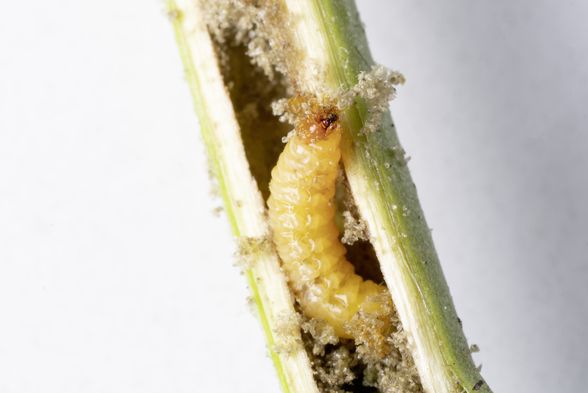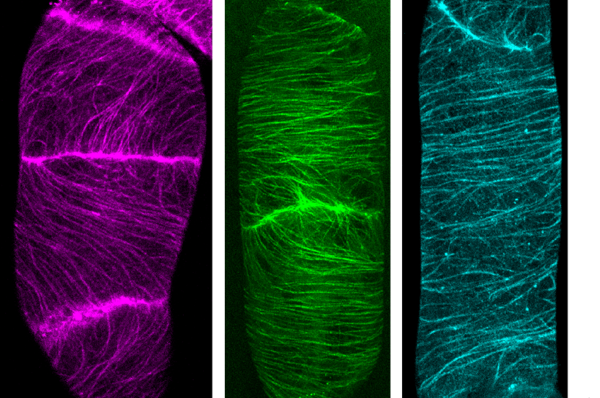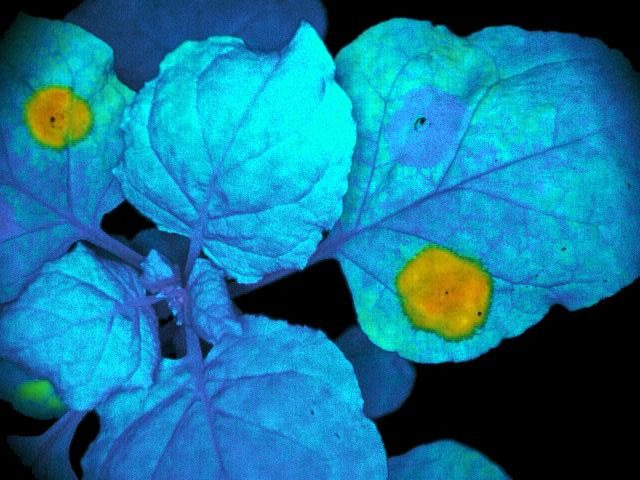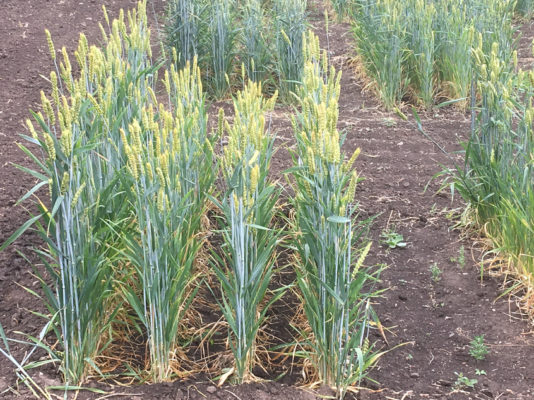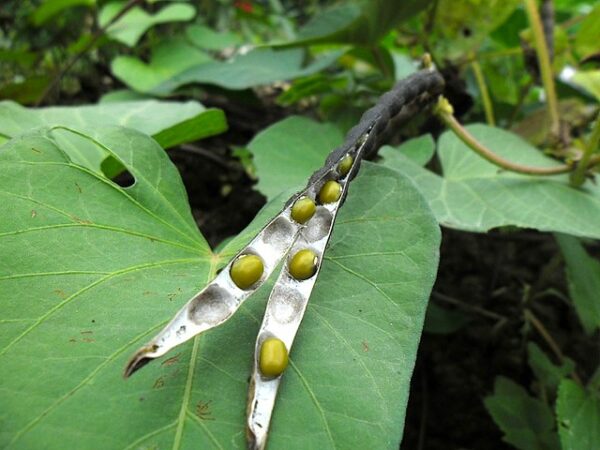
All plants and animals respire, releasing energy from food. At the cellular level, this process occurs in the mitochondria. But there are differences at the molecular level between how plants and animals extract energy from food sources. Discovering those differences…
Read More


